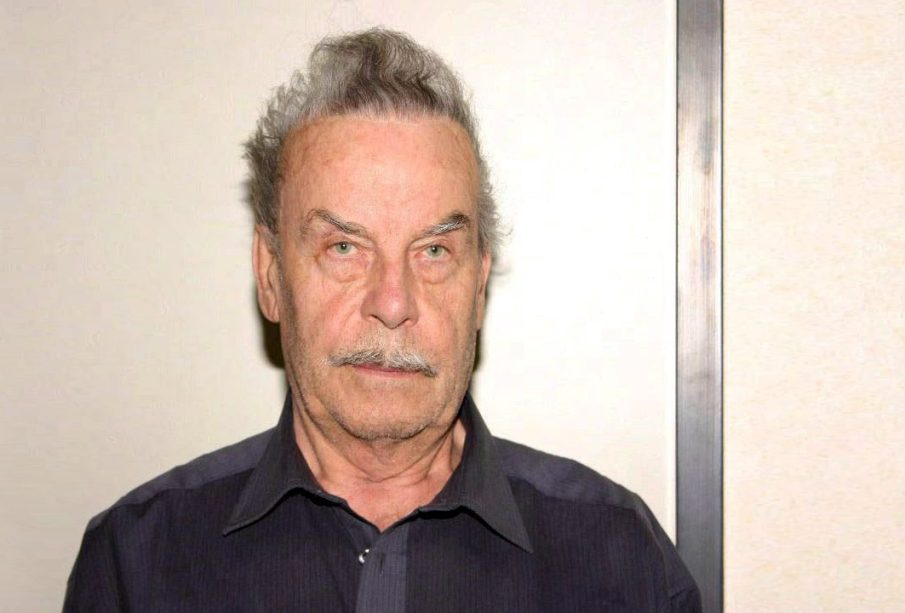The Disturbing Case of Josef Fritzl: A Timeline of Events

Introduction
The case of Josef Fritzl, an Austrian man who imprisoned his daughter and fathered her children over a 24-year period, remains one of the most shocking criminal cases in recent history. It serves as a stark reminder of the hidden horrors that can exist behind closed doors and raises important questions about mental health, social systems, and the ability to prevent such atrocities. The relevance of this case continues today, as it shines a light on issues of domestic abuse and the complexities involved in family dynamics.
Background of the Case
Josef Fritzl was born on April 9, 1935, in Austria and had a troubled childhood. He became known to authorities for various infractions, and in 1984, he began his heinous acts by imprisoning his daughter Elisabeth Fritzl in a concealed basement in their family home. Over the following decades, Fritzl raped Elisabeth repeatedly, resulting in the birth of seven children, three of whom he raised with his wife, while the others were kept in the basement.
The Discovery
Elisabeth managed to escape in 2008 after one of her children fell ill, prompting her to seek help. The subsequent police investigation revealed the horror of her confinement, and Josef Fritzl was arrested. The trial, which took place in 2009, captivated global attention as details of the abuse emerged. He was sentenced to life in prison, and the case prompted discussions regarding psychological manipulation, societal failure, and the legal systems in place to protect potential victims.
Impact on Society
The Josef Fritzl case raised awareness about sexual abuse and the importance of listening to victims’ voices. It prompted an examination of Austria’s child protection laws and spurred discussions about how similar cases could be prevented in the future. Social workers, legal experts, and lawmakers were called upon to reassess the measures in place to support victims of abuse and to investigate claims of domestic violence more thoroughly.
Conclusion
The story of Josef Fritzl serves not only as a reminder of the darkness that can exist within families but also highlights the importance of vigilance and advocacy in preventing such crimes. As discussions on mental health and support systems continue to grow, it is vital that society remains committed to creating safer environments for potential victims. Understanding these chilling events is essential for fostering a more protective community, equipped to address and prevent abuse in any form.








